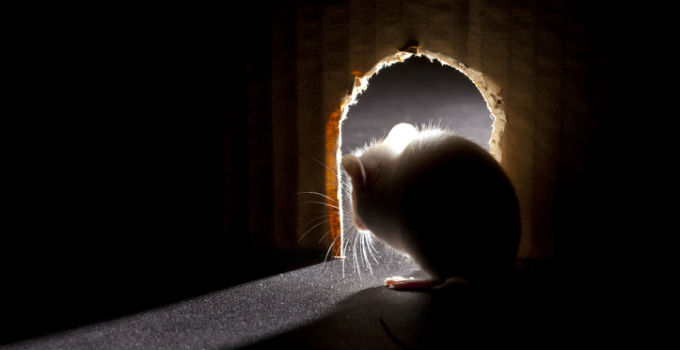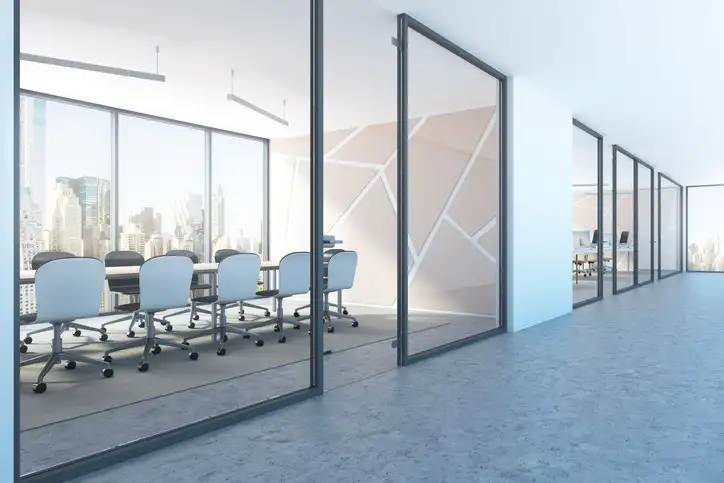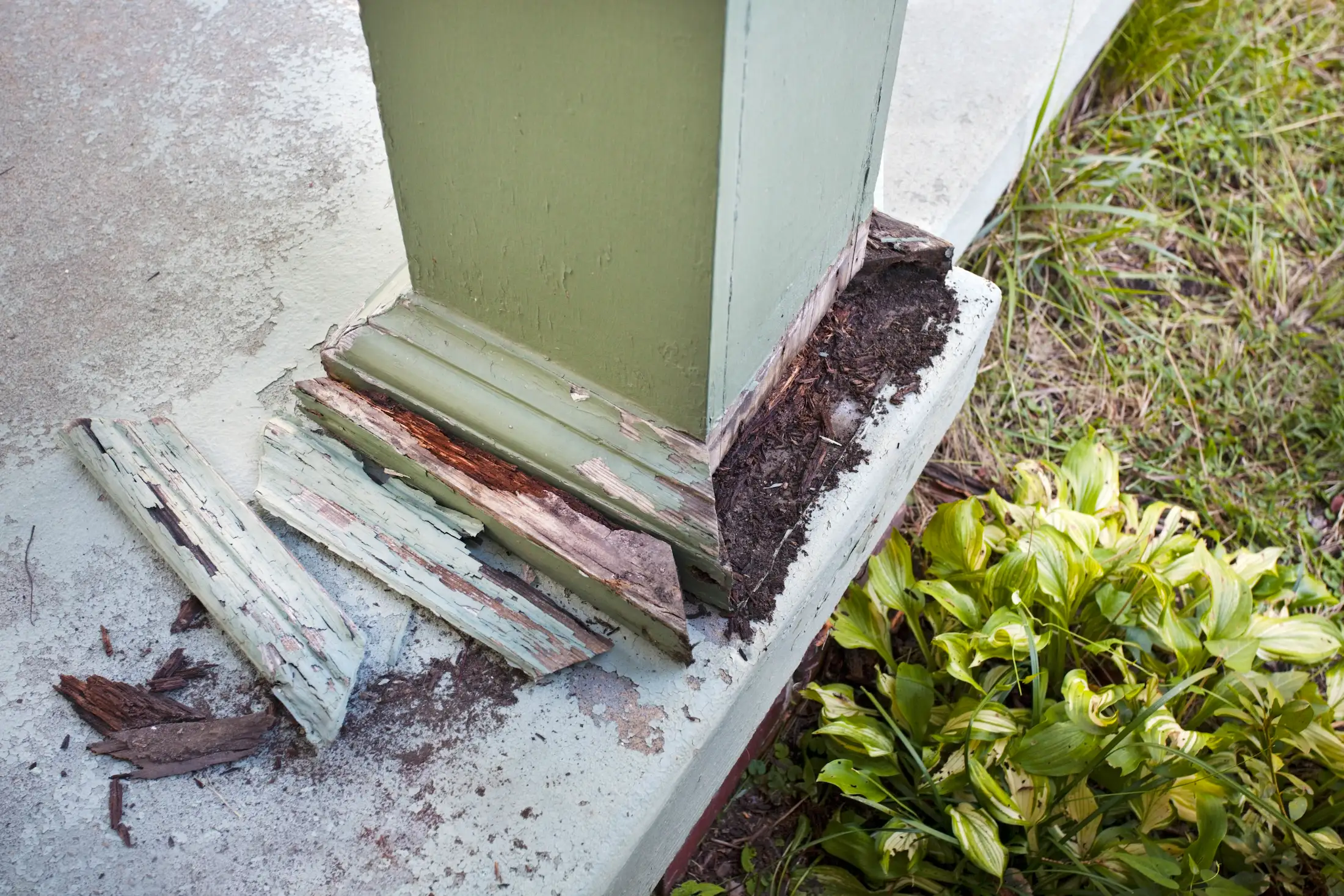You’re lying in bed, trying to fall asleep, and all of a sudden…scratching. What’s that scratching noise? Is it coming from the walls? Nothing can be more unsettling than knowing there’s nothing you can do on your own about rodents moving around inside of your wall, without tearing down portions of your walls. You’re probably wondering, why are there mice in my walls in East Stroudsburg, PA? How did mice get into my walls in the first place? Let’s break down the top 5 reasons why you have mice in your walls.
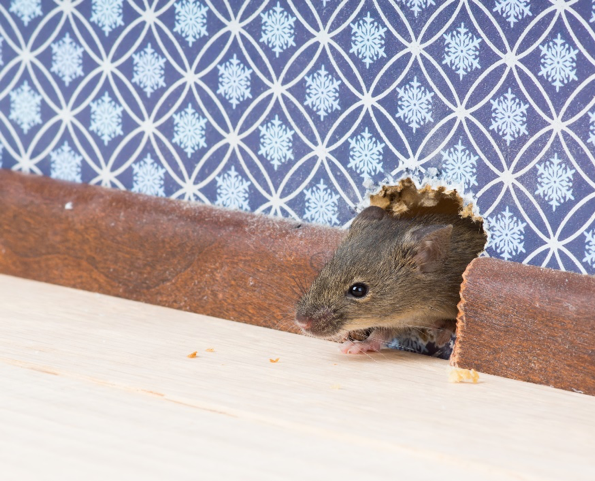
The first thing to note is that mice get into homes through holes as small as a dime. They have collapsible bodies that can squeeze into spaces you may not have considered such as cracks in the foundation of your home. Rodents find these entry points by following air currents flowing between the inside of your home and outdoors. Once they find warmth, a food source, and water, they’ll stay and nest. Most homeowners in East Stroudsburg, PA that experience mouse infestations have this problem in the fall and winter when it’s cold. Surviving the icy temperatures isn’t easy for mice, so they actively seek out shelter. Thousands of residential homes and commercial structures suffer from unwanted mouse infestations each year. It’s no surprise that the top reasons for mouse activity within walls are targeted areas that are most vulnerable and neglected that provide easy access points.
1. Cracks in the Foundation
Rodents can slip through cracks in the foundation or exterior of your home as small as ¼ inch. They have collapsible bodies that can squeeze into spaces that you may have not considered in the past. Cracks usually happen when the ground is settling causing the foundation to shift. Water erosion due to improper drainage or bad gutters and downspouts is another common problem. Although different types of cracks depending on the severity and direction can indicate differing issues, if space exists, mice can enter. From there, mice have no problem getting into your walls.
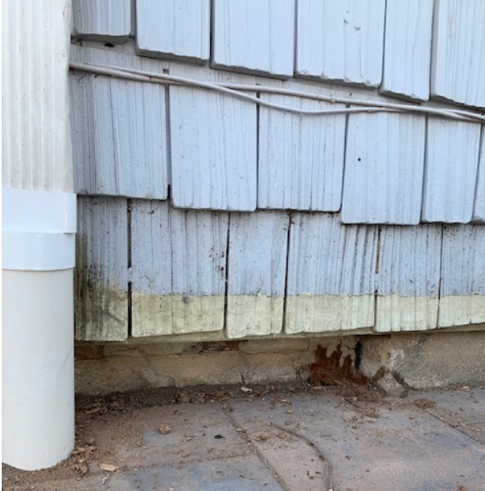
Pictured above, you can see a larger crack in the foundation of a Seitz Bros. client’s home. We were able to seal the crack and other cracks that our technicians found, with materials that rodents cannot chew through.
2. Broken or Torn Vents
Common vents that lead outdoors can be dryer vents, gable vents, attic vents, turbine vents, soffit vents, and crawl space vents. They are built for airflow, to literally “ventilate” your home as the name implies. When gaps and holes are left exposed, rodents follow the air currents to crawl indoors. From there, it’s possible that they can nest within wall voids, causing that unnerving scratching noise and movement you hear at night.
Pictured below, you can see where mice chewed through an old crawl space vent, causing an infestation. One of our technicians found this issue upon inspection when of a client called for help with a rodent problem.
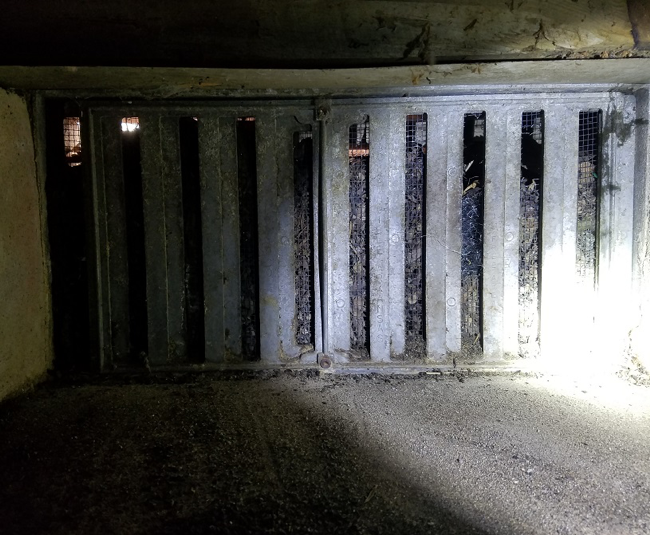
The solution to torn or broken vents is to repair and replace or create a barrier. Using materials to physically stop rodents from entering is called “exclusion work.” Some pest control companies, in addition to Seitz Bros., have specialized exclusion services that tackle these problems head on with a long-term or permanent solution. By reinforcing and/or monitoring ventilation issues, you’ll be able to stop rodents quicker. If the scope of the problem is too large, involved, or expensive to handle on your own, pest control companies are your best bet.
3. Unsealed Utility Pipes
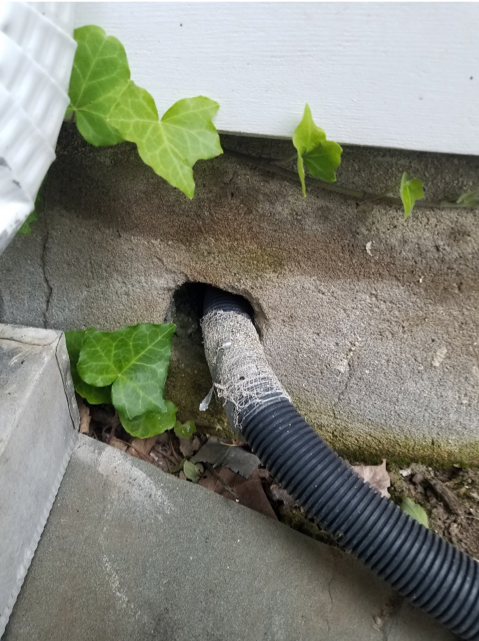
Utility pipes such as sump pumps (pictured above) and other plumbing aren’t always completely sealed where they meet the exterior of the house. Mice are skilled climbers that can use the gaps around piping to enter your basement and walls. Take a walk around the outside of your home and look for these gaps. Remember, mice only need ¼ inch to collapse their bodies. Any piping that exposes an entry point should be taken care of as soon as possible. It’s not necessarily something that is always top of mind, so even if you don’t have a current or past rodent problem, you’re leaving your home open to future infestations.
4. Weep Holes
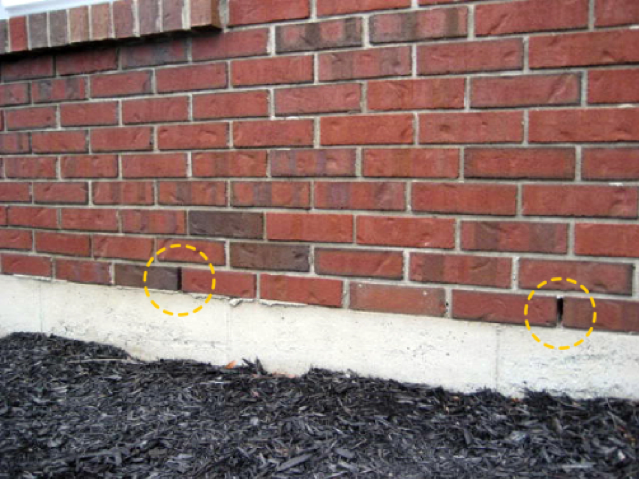
Weep holes are intentional gaps between bricks when masonry takes place on a home or other human-made structures. The purpose of weep holes is to prevent moisture from being trapped behind the bricks, which can lead to structural issues. While it’s suggested that you shouldn’t seal or fill in weep holes, it is important to keep them screened off to prevent rodents and other insects from entering. Weep holes are large and exposed, leaving a perfect space for infestations. Pest control professionals run into this problem very frequently. The best way to keep weep holes functioning as the mason intended, but also to prevent rodents, is to use professional materials that block rodent entry but still allow the space to breathe.
5. Builder’s Gaps
When a home is constructed, a “builder’s gap,” also called a construction or roof gap, is sometimes created to allow the house to breathe. This opening exists where the roof and gutters meet, running horizontally along where the two should come together. It’s typically covered by shingles so you may not know that an exposed builder’s gap exists on your roof. The space is notorious for allowing squirrels, rats, and mice into attics. Once rodents enter your attic, it’s easy for them to migrate into wall voids and other parts of your home. So what can you do about a builder’s gap?
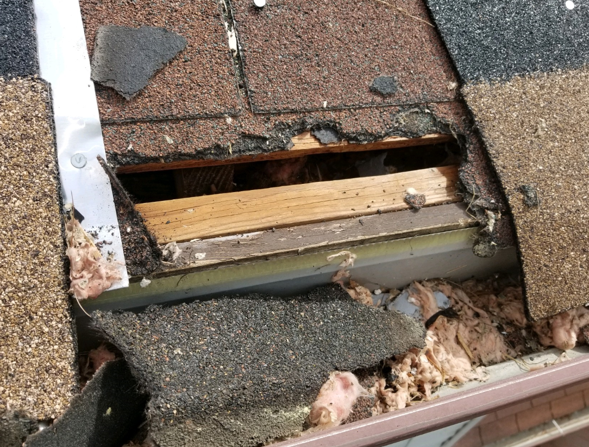
Hiring a pest control professional is the best course of action. With the proper training, they should be able to get up on ladders and examine the gutter line for evidence of a builder’s gap and determine if rodents are utilizing it as an entry point. At Seitz Bros., our technicians are not only experts at exclusion work, but also certified and trained pest control professionals. The ongoing training they receive throughout the year is the exact same pest control training that our technicians undergo. With this combination of knowledge, we provide the highest quality service in East Stroudsburg, Pennsylvania.
How can Seitz Bros. prevent mice from getting into your walls?
If you have problems will mice at your home or business in East Stroudsburg, PA, Seitz Bros. can help! We have a variety of services to eliminate current rodent issues and keep them from returning. Call us at 570-783-5616 or fill out the form on this page for more information and to set up a free inspection at your home.

